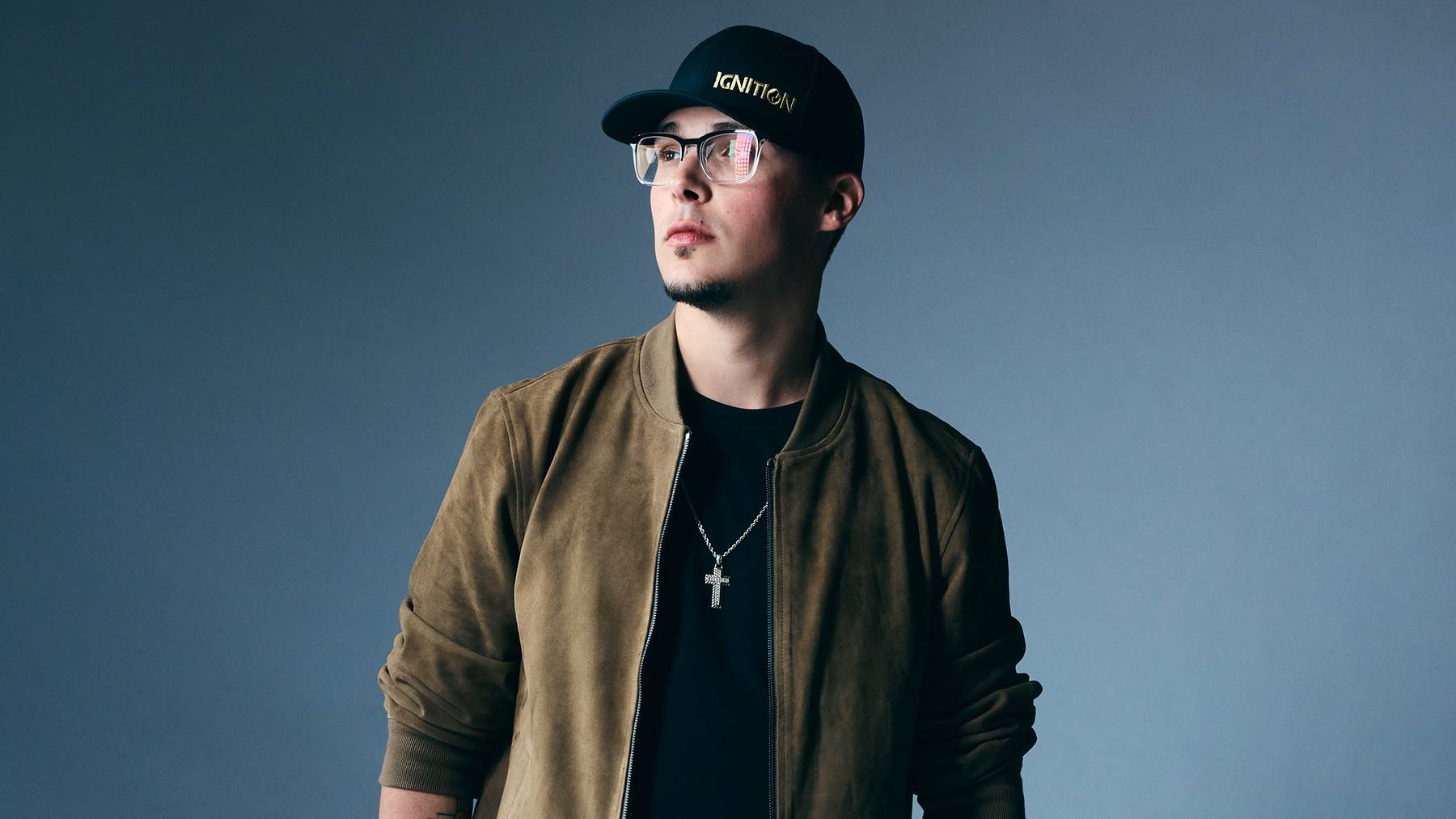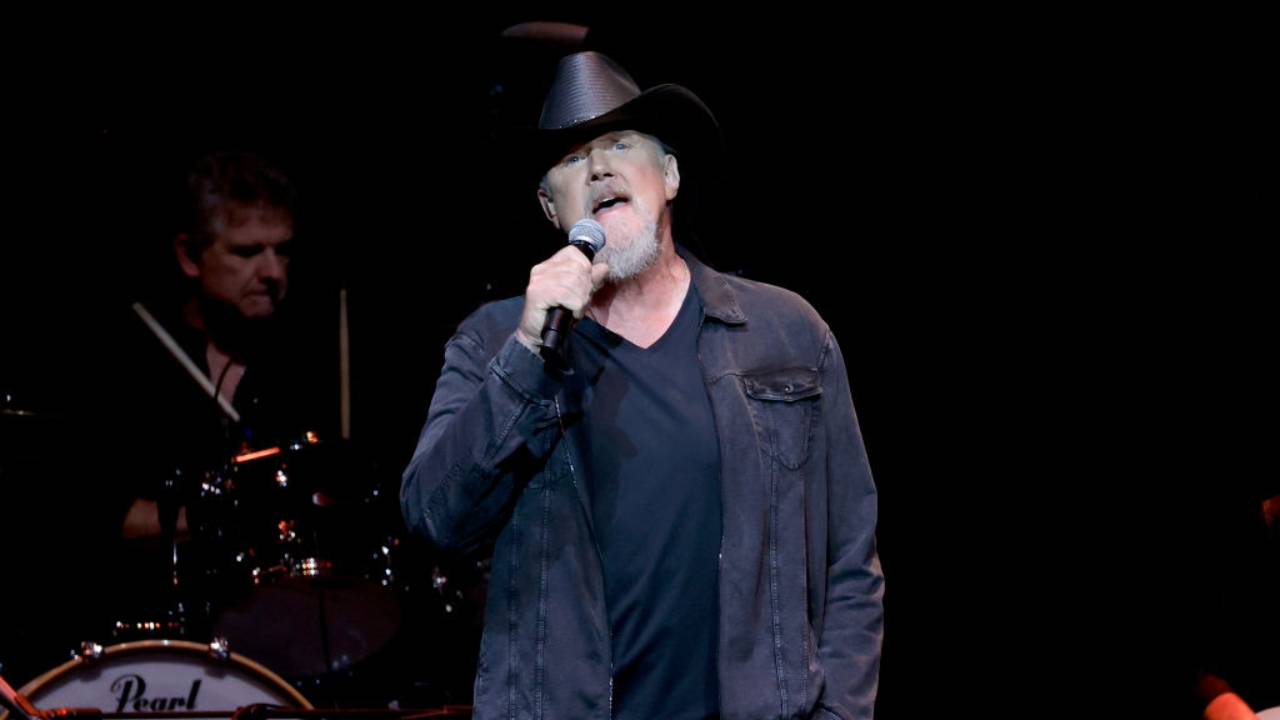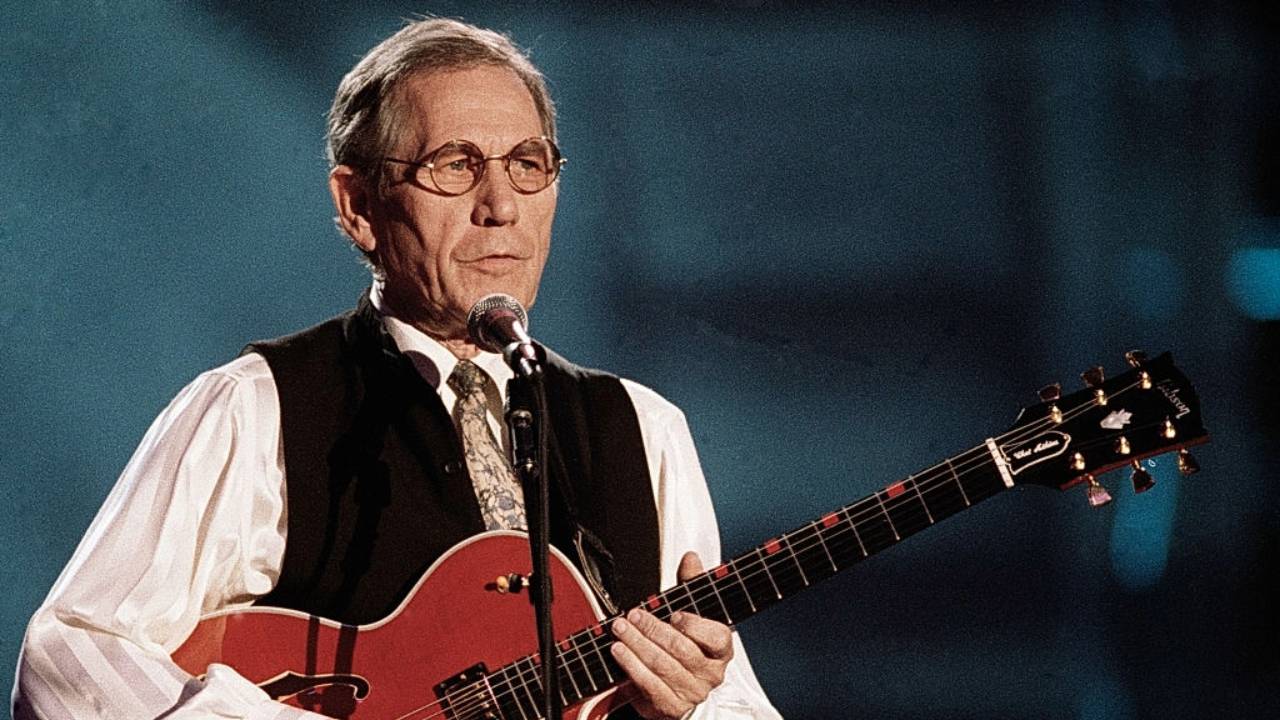Patty Loveless Finds Her Inner Rhythm on 'Mountain Soul II'

In a mere four days in a Nashville studio, Patty Loveless and her producer, husband Emory Gordy Jr., completed the bulk of her new acoustic album, Mountain Soul II. "It felt like everybody who came in was just dropping into my house and we were all performing together and singing together," she says.
Who wouldn't keep an open-door policy when your friends include Vince Gill, Del McCoury and a host of Nashville's A-list session musicians? And for the final track, Emmylou Harris lent her distinctive harmonies to one of her own early compositions, "Diamond in My Crown." Yet Loveless believes there's an additional reason the album feels so loose and live.
"There were some things on here that vocally I wanted to tweak a little bit, but I didn't have the opportunity," she says. "And maybe it was meant for me not to touch it any more, for the fact that a week later, I developed laryngitis for two weeks. Could not speak, could not talk, could not do anything. So what you hear is what you get."
With her expressive alto and a reverence for traditional country music, Loveless landed 20 Top 10 hits throughout the 1980s and 1990s, such as "Timber, I'm Falling in Love," "Chains," "Blame It on Your Heart," "You Can Feel Bad" and "Lonely Too Long." Eight years following the original Mountain Soul album, the Kentucky native talks about finding inner rhythm, learning from Ralph Stanley and the childhood concert that changed her life.
CMT: There are no drums on this record, so how did you keep everybody synched up in the studio?
Loveless: I continued as with Mountain Soul -- acoustic. There are no drums on that one. The thing of it is that everybody had to find their inner tempo. I found that there were a couple of the musicians that noticed it was pretty odd not playing with a drummer. Of course, that would have been the electric guitar player because there are a couple of electric instruments on a couple of songs. But the fact is, it was strange that you had to count on that inner tempo -- that inner self -- and we all followed each other. It actually was not that different.
The middle of the record has several church songs from the mountains. For someone who's never been to one of those services, how would you describe it?
This form of call and repeat, we called it old line. My grandfather was a regular Baptist preacher, but Ralph Stanley would tell you it's Primitive Baptist form, where the preacher would line out the song and the congregation would join in. That's the case for "(We Are All) Children of Abraham" and "Friends in Gloryland." That art is slowly but surely being lost.
Back in 1999, my mother's oldest brother passed away, so Emory and I attended the funeral. It was all day. There were five preachers, and they did this form of singing where they would call out. I mean, it touched you. I don't think I've ever seen Emory tear up like he did. He was touched. They did the same thing at the grave site. All five preachers, they did it again. And the singing -- it was just soulful voices. I think Ralph Stanley really has that, and I think in "Children of Abraham," if you listen very closely, you can hear that hellfire-and-brimstone preaching that my grandfather used to do, with taking breaths and calling out. This is the first a cappella thing I've ever done.
The first time I ever heard that style of singing was on the Down From the Mountain tour that you were on with Ralph Stanley and Emmylou Harris.
We did "Amazing Grace." Emory had gone with Emmylou and Vince and all those guys to do A Prairie Home Companion, and I was listening to the radio and happened to catch their performance. Ralph did "Amazing Grace," so when we were on the Down From the Mountain tour, they were trying to find a real good closing thing. I said, "Something really cool to get the whole audience involved would be to get Ralph to line it out on 'Amazing Grace.'" Hey, it was my idea! (laughs) It worked!
I wanted to ask about "Big Chance," which I remember from an earlier album.
"Big Chance" was on the Dreaming My Dreams album, but we felt we needed something up and fun [on Mountain Soul II]. There are a lot of songs on here that are serious, and you've gotta lighten the load a little bit. I don't think it was really heard on the Dreaming My Dreams record, and it was perfect for Mountain Soul II because it's like the continuation story of "Pretty Little Miss." On the first Mountain Soul, she was 12. Now she's 14. She grows up and gets married, just like Loretta Lynn. (laughs)
Did you know a lot kids like that where you grew up?
Oh, yeah, are you kidding? I knew quite a few. My mother's dream was to get married and have a family. That was her dream. And she did. She had a lot of kids. Her dream came true.
You started coming to Nashville as a teenager with your dream.
I was smitten with live performance. When I was about 5 or 6 years old, we went to the old drive-in theater that is closed down now, of course. I don't even think the sign even remains. My dad never really went to the movies, but that night he wanted to take the kids. The reason was because Lester Flatt and Earl Scruggs were performing during intermission on top of the concession stand. So I was smitten with that, and I can't even tell you what the movies were because, at that point, all I could see was them. I thought, "That's what I want to do one day -- grow up and sing on top of a concession stand!"





